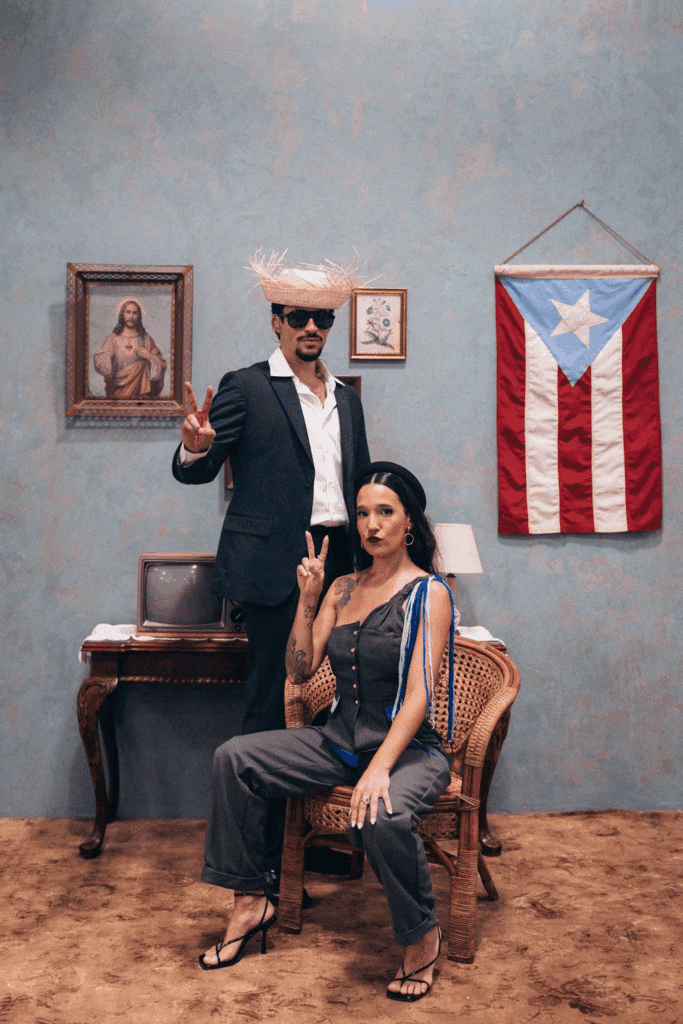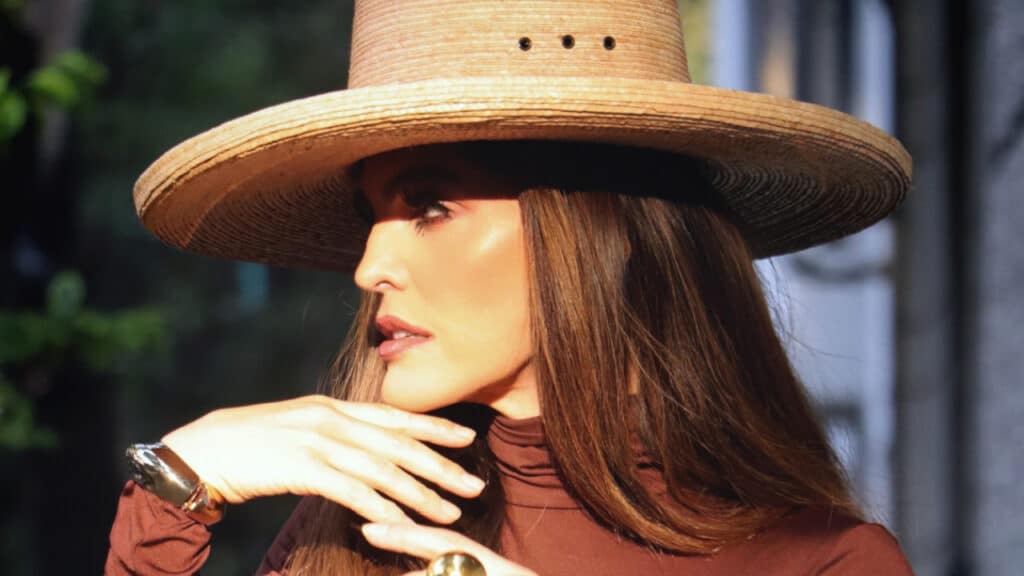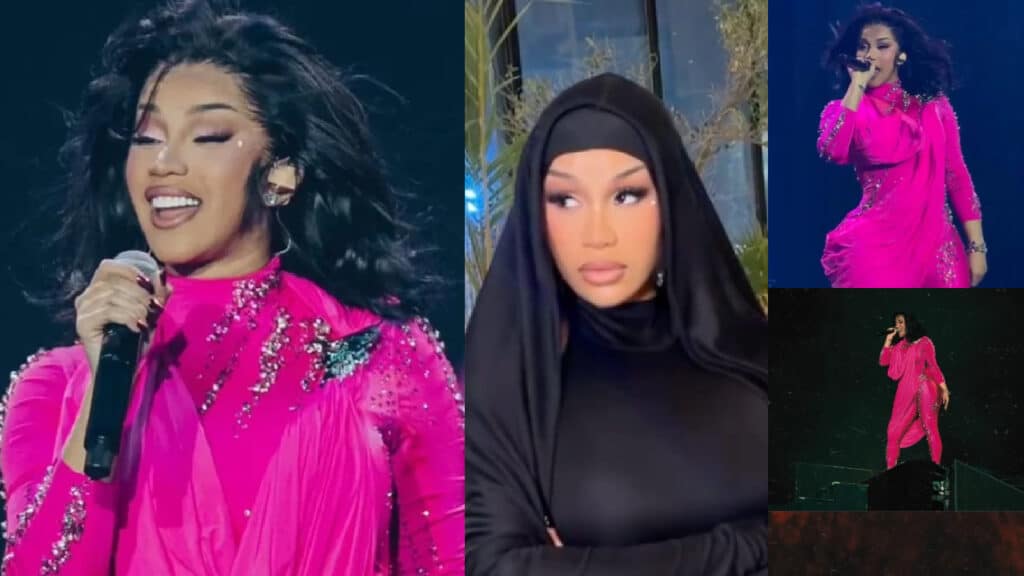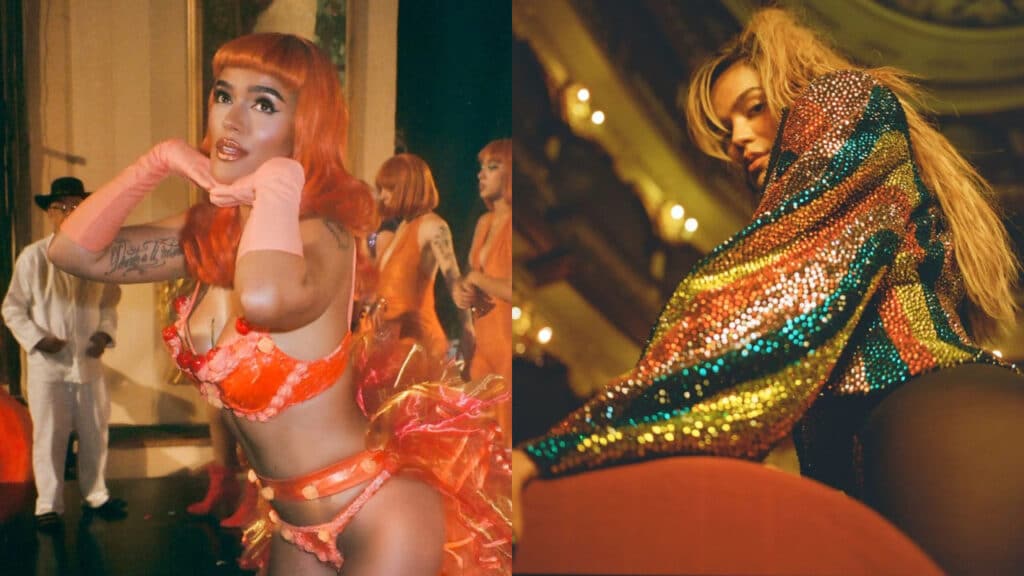iLe Reclaims Boleros From Toxic Masculinity in “Como las canto yo”
For iLe, boleros were a teenage obsession. Their melodrama, their passion, their heartbreak matched the chaos of growing up. “I dreamed about recording this album since I was about 13,” she said in her album’s press release. “At home, we listened to a lot of salsa and rock. But my father introduced me to these brutal songs about unrequited love affairs that connected fully with the drama of my own adolescence.”
Now, with her new album Como las canto yo (out October 24), the Puerto Rican singer is revisiting those same songs with a sharper ear. As an adult woman, she hears the toxicity embedded in many of their lyrics. “I definitely realize now, as an adult, the toxicity of most of these boleros,” she told FIERCE. “I try to play around with that, acknowledging that I come from a different generation. But I also try to raise awareness that these toxic traits, unfortunately, still persist. What I like to do when I sing these songs is take control of them. And express them however I feel like.”
Reinterpreting boleros through a woman’s voice
Boleros have long been a man’s genre. They’ve always been performed and written from a male perspective. iLe acknowledges that stepping into these songs with a woman’s voice changes the frame entirely. “I like to turn things around a little to present a different perspective,” she explained. “And I think a female voice assuming strong messages just makes everything feel more powerful. As women, we have so much to lose in this toxic world. And yet we keep claiming our place because it still feels uncertain.”
Her versions are not about nostalgia. They are about possession, claiming the words and emotions that for too long have been filtered through male desire.
Tradition with grit in “Como las canto yo”
Co-produced with Ismael Cancel, the album avoids polish for its own sake. The team recorded some tracks in a single take, leaning on guitars instead of orchestras to evoke the bolero’s streetwise roots. iLe describes herself as a purist at times. But one who knows when to push a song toward new territory. “Some versions are just untouchable,” she said. “Others, I feel they may just need a less polished version or just a new approach that fits well with the message of the song.”
The first single, “Un Amor de la Calle,” originally written by Orlando Brito and popularized by Héctor Lavoe in 1975, is a fitting entry point. Lavoe’s voice has been a touchstone for generations, inspiring everyone from salsa devotees to Bad Bunny, who paid homage to him at SNL 50 and in his latest album. But while others borrow Lavoe’s style, iLe is interested in reframing the message itself.

iLe wants a new generation to hear boleros differently
Boleros carry deep cultural memory in Puerto Rico and across Latin America. iLe doesn’t want to erase that history, but to question it. And offer alternatives. “I just hope that people enjoy the vibe of the album and let themselves go with it,” she said.
With covers like La Lupe’s “Puro Teatro” and Gilberto Monroig’s “Llanto de Luna,” Como las canto yo shows her profound knowledge of the genre. And her determination to rewrite its gendered narratives. iLe reminds us that tradition doesn’t have to be static. Sometimes, the most radical act is to sing the same words in a new way.




